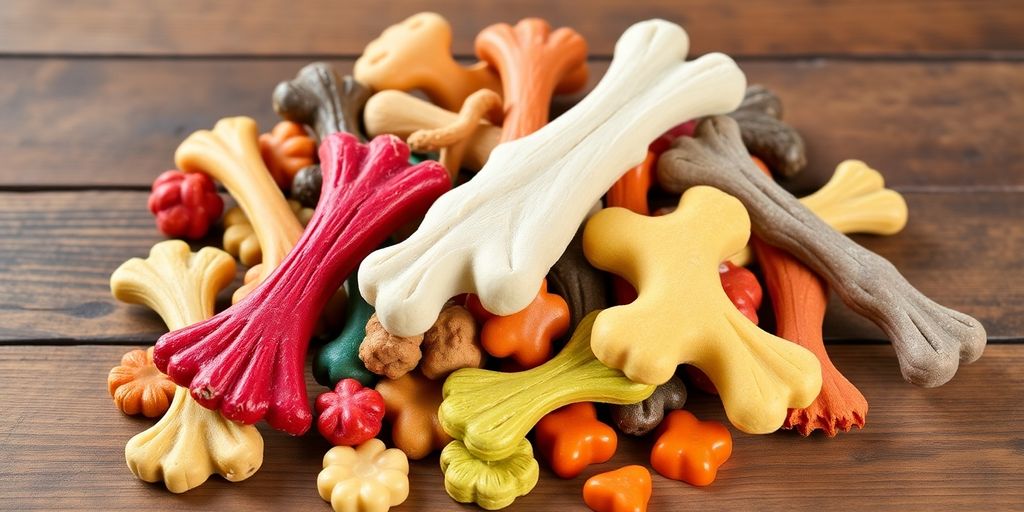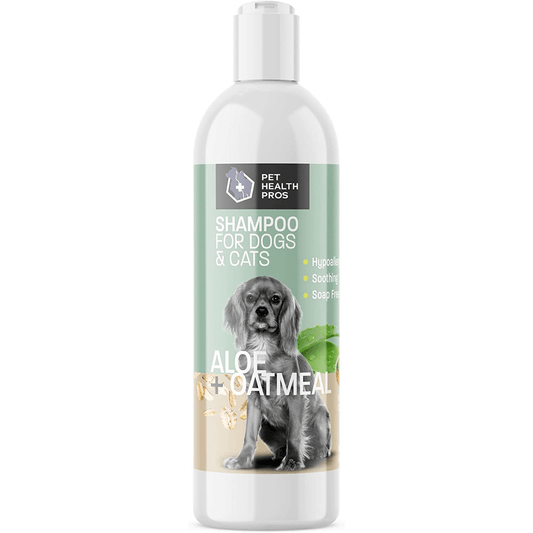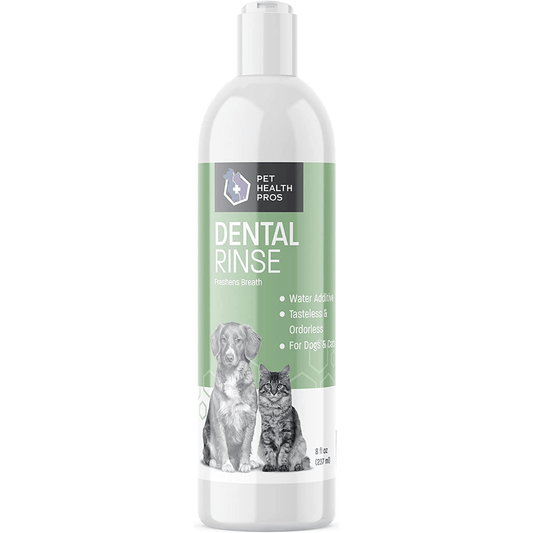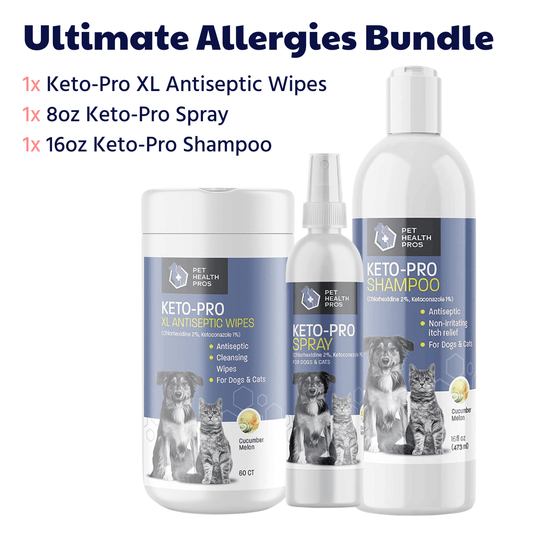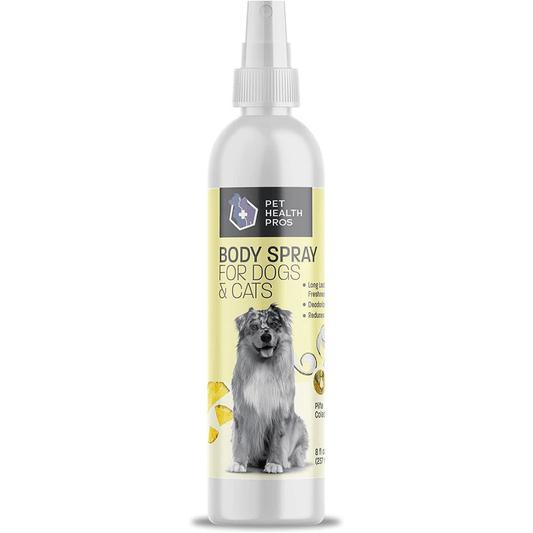When it comes to treating our furry friends, finding the right chewys for dogs is essential. These tasty snacks not only keep your dog happy but also serve various health benefits. With so many options out there, it can be overwhelming to choose the best ones for your pet. This guide will help you understand what chewys are, how to pick the right ones, and even share some homemade recipes!
Key Takeaways
- Chewys for dogs come in various forms and flavors, each offering unique benefits.
- Consider your dog's size and dietary needs when choosing chewys.
- Look for natural ingredients and avoid harmful additives.
- Homemade chewys can be a healthier option and are easy to make.
- Always monitor your dog for allergies and choking hazards when introducing new chewys.
Understanding Chewys For Dogs
What Are Chewys?
Okay, so what exactly are we talking about when we say "chewys" for dogs? Basically, it's a broad term that covers any kind of treat or toy your dog can, well, chew on! This can include anything from traditional rawhide bones to dental chews designed to help keep their teeth clean, or even just a tough rubber toy they can gnaw on for hours. The main thing is that they're designed to be chewed, not just swallowed whole like a regular treat. It's important to know the difference, because some chews are meant to be consumed slowly over time, while others are really just for play and should be taken away once they start to break down.
Benefits of Chewy Treats
Chewy treats aren't just a way to keep your dog busy; they actually have some pretty cool benefits. For starters, chewing is a natural behavior for dogs, and it helps keep them mentally stimulated. Think of it like giving them a job to do! Plus, the act of chewing can help scrape away plaque and tartar, which is great for their dental health. And let's be real, a good chew can be a lifesaver when your pup is feeling anxious or bored. Here's a quick rundown:
- Mental stimulation
- Dental health
- Anxiety relief
- Discourages destructive chewing
Giving your dog appropriate chews can actually save your furniture! By providing a safe and satisfying outlet for their chewing instincts, you're less likely to come home to a shredded couch.
Different Types of Chewys
Alright, let's get into the nitty-gritty of the different kinds of chews out there. You've got your classic rawhide, which is probably the first thing that comes to mind for most people. Then there are dental chews, which often have special shapes and textures to help clean your dog's teeth as they chew. You can also find edible chews made from things like sweet potato or bully sticks. And don't forget about the non-edible options, like rubber or nylon toys designed for heavy chewers. It can be a bit overwhelming, but here's a simple breakdown:
| Type of Chewy | Material | Benefits |
|---|---|---|
| Rawhide | Animal hide | Long-lasting, satisfies chewing instinct |
| Dental | Various (edible) | Cleans teeth, freshens breath |
| Edible | Natural ingredients | Digestible, provides nutrients |
| Non-Edible | Rubber, nylon | Durable, long-lasting play |
Choosing the right type really depends on your dog's chewing style, size, and any dietary needs or sensitivities they might have.
Choosing The Right Chewy For Your Dog
Consider Your Dog's Size
It's important to think about your dog's size when picking out chews. A tiny chihuahua doesn't need the same kind of chew as a big ol' Great Dane, right? Small dogs can easily choke on chews that are too big, and big dogs can make short work of smaller, less durable chews. You want something that's appropriately sized so your dog can enjoy it safely and for a reasonable amount of time. Think about the diameter and length of the chew. Too small, and it's a choking hazard. Too big, and your little guy might just give up.
Assessing Dietary Needs
Does your dog have a sensitive stomach? Allergies? Is he watching his weight? All these things matter when you're choosing chews. You wouldn't give a dog with a chicken allergy a chicken-flavored chew, would you? Look for chews that cater to specific dietary needs. There are grain-free options, limited-ingredient options, and even chews designed to help with weight management.
- Check the ingredient list carefully.
- Talk to your vet if you're unsure.
- Consider a food elimination diet to identify potential allergens.
It's easy to overlook the importance of dietary needs when you're just trying to find something to keep your dog busy. But the wrong chew can lead to tummy troubles, allergic reactions, or even weight gain. So, take a few extra minutes to read the label and make sure it's a good fit for your dog's specific needs.
Evaluating Texture Preferences
Some dogs like a good, hard chew that they can really sink their teeth into. Others prefer something a little softer and more pliable. Pay attention to what your dog seems to enjoy. If he's always gnawing on hard bones, he probably likes a tougher texture. If he prefers to lick and nibble, a softer chew might be a better choice. You can find chews in all sorts of textures, from rock-hard bully sticks to squishy, rubbery toys. It might take some trial and error to find the perfect one, but it's worth it to see your dog happy and content.
Popular Ingredients in Chewys
Natural Ingredients
When you're looking at chews for your dog, it's good to know what's actually in them. A lot of people are leaning toward natural ingredients these days, and for good reason. These are things like sweet potatoes, which are a good source of fiber and vitamins. Then there's chicken, beef, or fish – real meat that gives your dog protein. You might also see things like flaxseed or chia seeds, which are good for their coat and skin. The big plus with natural ingredients is that they're usually easier for your dog to digest and less likely to cause allergies.
Common Additives to Avoid
Okay, so here's where it gets a little tricky. Not everything that goes into dog chews is great. Some additives are just fillers, and others can actually be bad for your dog. Things like artificial colors (Red 40, Yellow 5, Blue 2) don't add any nutritional value and have been linked to health problems in some animals. Then there are preservatives like BHA, BHT, and ethoxyquin – these help the chews last longer, but they're also potentially carcinogenic. And watch out for added sugars or sweeteners like corn syrup, which can lead to weight gain and dental issues.
Understanding Protein Sources
Protein is super important for dogs; it helps build and repair tissues. But not all protein is created equal. You'll see different sources listed on chew labels, and it's good to know what they mean. Chicken, beef, and fish are all high-quality protein sources that most dogs do well on. But then there are things like 'meat by-products', which can be less nutritious and harder to digest. Some chews also use plant-based proteins like soy or corn, which aren't as easily absorbed by dogs as animal proteins. If your dog has allergies, you might need to look for novel protein sources like venison or duck.
It's always a good idea to talk to your vet about what ingredients are best for your dog, especially if they have any health issues or allergies. They can help you sort through all the options and find chews that are both safe and nutritious for your furry friend.
Homemade Chewy Recipes
Simple Recipes to Try
Okay, so you wanna try making your own dog chews? It's honestly not as hard as it sounds, and you get to control exactly what goes into them. That's a win, right? Here are a couple of super simple recipes to get you started. I'm talking, like, minimal ingredients and effort.
Sweet Potato Chews:
- Slice sweet potatoes into roughly 1/4-inch thick pieces.
- Lay them out on a baking sheet. Don't overcrowd!
- Bake at 250°F (120°C) for about 3-4 hours, flipping halfway through. You want them chewy, not crispy.
- Let them cool completely.
Peanut Butter and Banana Bites:
- Mash one ripe banana.
- Mix in 1/2 cup of natural peanut butter (make sure it's xylitol-free!).
- Add 1 cup of rolled oats.
- Roll into small balls and place on a baking sheet.
- Bake at 350°F (175°C) for about 15 minutes.
Benefits of Homemade Chewys
Why even bother making your own chews? Well, for starters, you know exactly what's in them. No weird preservatives or mystery ingredients. Plus, it can be way cheaper than buying those fancy store-bought chews. And honestly, it's kinda fun! You get to play chef for your pup.
Making your own dog chews is a great way to avoid potential allergens or ingredients that don't sit well with your dog's stomach. It's all about tailoring the recipe to their specific needs.
Here's a quick rundown:
- Control over ingredients
- Cost-effective
- Fun and rewarding
- Customizable for dietary needs
Storage Tips for Homemade Treats
Alright, you've made a batch of awesome homemade chews. Now, how do you keep them from going bad? Storage is key! For the sweet potato chews, an airtight container at room temperature should work for about a week. If you want them to last longer, pop them in the fridge. The peanut butter and banana bites? Those are best kept in the fridge because of the banana. They should be good for about 5-7 days. You can also freeze them to extend their life even further. Just make sure to thaw them before giving them to your dog. Nobody wants a frozen chew! Consider using dehydrated sweet potato chews for longer storage.
Safety Considerations When Selecting Chewys
It's super important to think about safety when you're picking out chews for your dog. You want them to enjoy their treat, but not at the cost of their well-being. Here's what to keep in mind:
Recognizing Allergens
Just like people, dogs can have allergies. It's a good idea to know what your dog is allergic to (or might be allergic to) before you give them a new chew. Common allergens include beef, chicken, soy, corn, and wheat. If you're not sure, start with a chew that has limited ingredients and watch for any signs of a reaction, like:
- Itching
- Skin redness
- Digestive upset (vomiting or diarrhea)
- Swelling of the face
If you see any of these, stop giving the chew and talk to your vet.
Understanding Choking Hazards
Chews that break into small, hard pieces can be a choking hazard. Always supervise your dog while they're enjoying a chew, especially if it's a new type. Some chews, like rawhide, can become soft and gummy as your dog chews on them, which can also be a problem. If you see your dog trying to swallow a piece that's too big, take the chew away.
Reading Labels Effectively
Take a look at the label before you buy any chew. You're looking for a few things:
- Ingredients list: Make sure you recognize everything on the list and that there aren't any potential allergens.
- Guaranteed analysis: This tells you the percentages of protein, fat, fiber, and moisture in the chew. It can help you choose a chew that fits your dog's dietary needs.
- Manufacturer information: It's good to know who made the chew and how to contact them if you have any questions or concerns.
It's always better to be safe than sorry when it comes to your dog's health. If you're not sure about a chew, ask your vet for advice. They can help you choose chews that are safe and appropriate for your dog's individual needs.
Chewy Treats for Specific Health Needs
It's super important to think about your dog's specific health needs when picking out chewy treats. Not all treats are made equal, and some can actually help with certain health problems. Let's look at some options.
Dental Health Chewys
Dental health chews are designed to help keep your dog's teeth clean. They often have a rough texture or special shape that helps scrape away plaque and tartar as your dog chews. These treats can be a good addition to your dog's dental care routine, but they shouldn't replace regular brushing. Look for chews that are approved by the Veterinary Oral Health Council (VOHC) to make sure they actually work. Some ingredients, like sodium hexametaphosphate, can also help prevent tartar buildup.
Weight Management Options
If your dog is overweight, you'll want to be careful about the treats you give them. Many chews are high in calories, which can lead to weight gain. Weight management chews are usually lower in calories and fat. They might also have more fiber to help your dog feel full. Always check the calorie content on the label and adjust your dog's food portions accordingly. It's all about balance!
Sensitive Stomach Formulas
Some dogs have sensitive stomachs and can't handle certain ingredients. If your dog often has digestive issues, look for chews made with simple, easily digestible ingredients. Avoid treats with lots of additives, artificial colors, or preservatives, as these can sometimes cause problems. Limited ingredient diets (LID) are often a good choice for dogs with sensitivities. Common ingredients in these chews might include:
- Sweet potato
- Pumpkin
- Oatmeal
It's always a good idea to talk to your vet before making big changes to your dog's diet, especially if they have health problems. Your vet can help you choose the best chews for your dog's specific needs and make sure they're getting the right nutrients.
How to Introduce Chewys to Your Dog
Gradual Introduction Techniques
So, you've got some new chews for your dog? Awesome! But hold on, don't just toss one to your furry friend. It's way better to introduce them slowly. Start by letting your dog sniff the chew. If they seem interested, let them have it for a short time, like 5-10 minutes. Then, take it away. This helps prevent them from getting overly excited and possibly swallowing big chunks. Do this a few times over a couple of days. If all goes well, you can start letting them have the chew for longer periods.
Monitoring Reactions
Okay, your dog is now happily chewing away. Great! But keep a close eye on them. Watch for any signs of digestive upset, like diarrhea or vomiting. Also, make sure they aren't trying to swallow large pieces. Some dogs are gulpers, not chewers, and that can be dangerous. If you see any problems, take the chew away and maybe try a different type or size next time. It's all about finding what works best for your individual dog.
Adjusting Portions
Think of chews like dessert – a little goes a long way. Don't let your dog have chews all day long. It can mess with their appetite for regular food and lead to weight gain. A good rule of thumb is to offer a chew for a limited time each day, maybe 20-30 minutes. And remember to adjust their regular food portions accordingly. If they're getting extra calories from chews, you'll want to cut back a bit on their meals. It's all about balance!
Introducing new chews to your dog requires patience and observation. By gradually introducing the chews, monitoring their reactions, and adjusting portions, you can ensure a safe and enjoyable experience for your furry companion.
Introducing Chewys to your dog can be a fun experience! Start by letting your dog sniff the Chewy to get familiar with it. You can also try breaking it into smaller pieces to make it easier for your dog to chew. Always supervise your dog while they enjoy their new treat. For more tips and tricks on how to make the most of Chewys, visit our website today!
Final Thoughts on Choosing the Right Chewy Treats for Your Dog
In the end, picking the right chewy treats for your dog can feel like a bit of a puzzle. With so many options out there, it’s easy to get overwhelmed. But remember, it’s all about what works best for your furry friend. Look for treats that fit their size, age, and any health needs they might have. Don’t forget to check the ingredients and avoid anything that seems sketchy. And of course, always keep an eye on how your dog reacts to new treats. A little trial and error might be needed, but it’s worth it to keep your pup happy and healthy. Happy treat hunting!
Frequently Asked Questions
What are chewy treats for dogs?
Chewy treats are soft, chewy snacks made for dogs. They can help keep your dog entertained and are often used as rewards.
What are the benefits of giving chewy treats?
Chewy treats can help with dental health, keep your dog busy, and provide a tasty reward for good behavior.
How do I choose the right chewy for my dog?
Consider your dog's size, any dietary needs, and what texture they like best when picking a chewy.
Can I make chewy treats at home?
Yes! There are many simple recipes online that let you create healthy chewy treats for your dog.
Are there any ingredients I should avoid in chewy treats?
Yes, avoid treats with artificial additives, fillers, and any ingredients your dog is allergic to.
How can I safely introduce chewy treats to my dog?
Start by giving your dog a small piece and watch for any reactions. Gradually increase the amount if your dog enjoys it.

